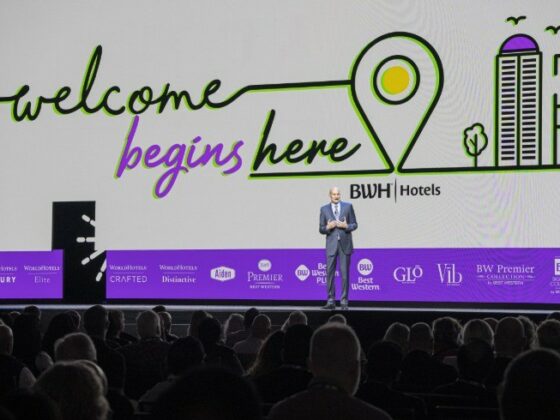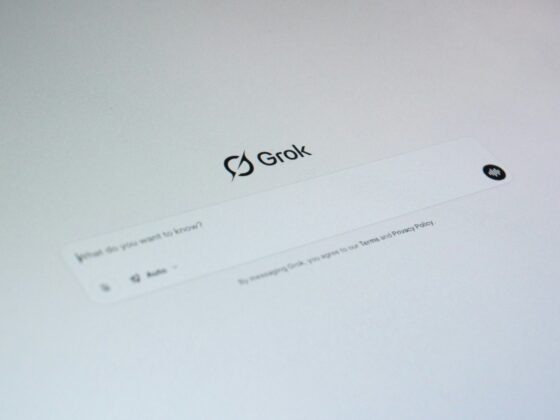
Create an experience that feels effortless and rewarding
If your brand still equates value with price alone, you’re missing the bigger picture. Convenience, recognition, and meaningful connections do more to build customer loyalty than discounts ever will.
A value menu is not a standalone strategy — it’s one tactic in a broader strategy that must be more comprehensive.
Customers want dining experiences that feel streamlined and personalized. By making ordering smoother, blending digital convenience with in-person hospitality, and rewarding engagement in meaningful ways, you can build lasting relationships that extend beyond individual transactions.
- Customers don’t think in channels, so brands shouldn’t build ordering experiences that way.
- Help customers make the right choice before they even ask.
- Customers engage with your brand in many ways — reward them for it.
Most brands have digital ordering, but few have truly connected their online and in-person experiences.
Diners should be able to move between channels without friction, whether they order ahead on an app and need to make a last-minute change at the counter or order in-person and want to apply their in-app loyalty points.
The best way to add value is by removing barriers. Customers should have the flexibility to make simple modifications at any stage — like adding an extra side or redeeming a last-minute reward without having to start the ordering process over.
For example, loyalty points and rewards should be visible at checkout, whether on a kiosk, mobile app, or drive-thru screen. And if a customer places an order through one channel, their rewards and preferences should still be acknowledged when they engage through another. The smoother the experience, the more valuable it feels.
Example in action:
A customer placing a mobile order might realize they forgot to apply a reward or add a side. Instead of canceling their order or starting over, the system should allow them to apply their reward at checkout.
If the order is already finalized, they could receive a prompt to use their reward or make their add-on during their next visit. This kind of flexibility ensures customers feel in control of their experience, even when ordering ahead.
Customers appreciate when brands remember their preferences, but personalization should go beyond past orders.
Instead of waiting for customers to search for what they want, restaurants can offer simple ways to set preferences — like dietary restrictions, ingredient exclusions, or favorite flavors — so they get relevant recommendations right away.
For example, you can implement a smart recommendation feature in your digital ordering platform that flags allergens, suggests easy modifications, and highlights new menu items that align with diners’ personal preferences.
Instead of overwhelming customers with choices, smart recommendations guide them toward the best options in a way that feels natural.
Example in action:
A customer with a nut allergy who has saved their preferences in the app should automatically receive a notification if an item contains nuts — no searching through ingredient lists or asking for modifications.
Likewise, someone who prefers plant-based meals should get recommendations for new vegetarian menu items and never see notifications for items that contain meat.
Traditional loyalty programs focus on rewarding spending, but customers interact with brands in all kinds of ways. Actions like trying new menu items, sharing feedback, or engaging with promotions should be recognized, too.
Too often, brands take their cues from major players like McDonald’s or Taco Bell, assuming that if those chains aren’t doing something, they don’t need to either. But customers aren’t looking for a copy-and-paste loyalty program. They want something that feels fresh, engaging, and personal.
Exclusive perks like priority ordering during peak hours or early access to new items add even more value. A program that rewards engagement builds a stronger connection between customers and the brand.
Example in action:
A customer who shares feedback through an in-app survey could receive bonus points or a small reward, showing that their opinion matters.
Or someone who tries a limited-time menu item could unlock a personalized incentive encouraging them to continue exploring new offerings.
Value is a choice, and the best quick-service brands make it effortless
Customers today have endless dining options, and the brands that win their loyalty aren’t always the ones offering the biggest discounts.








